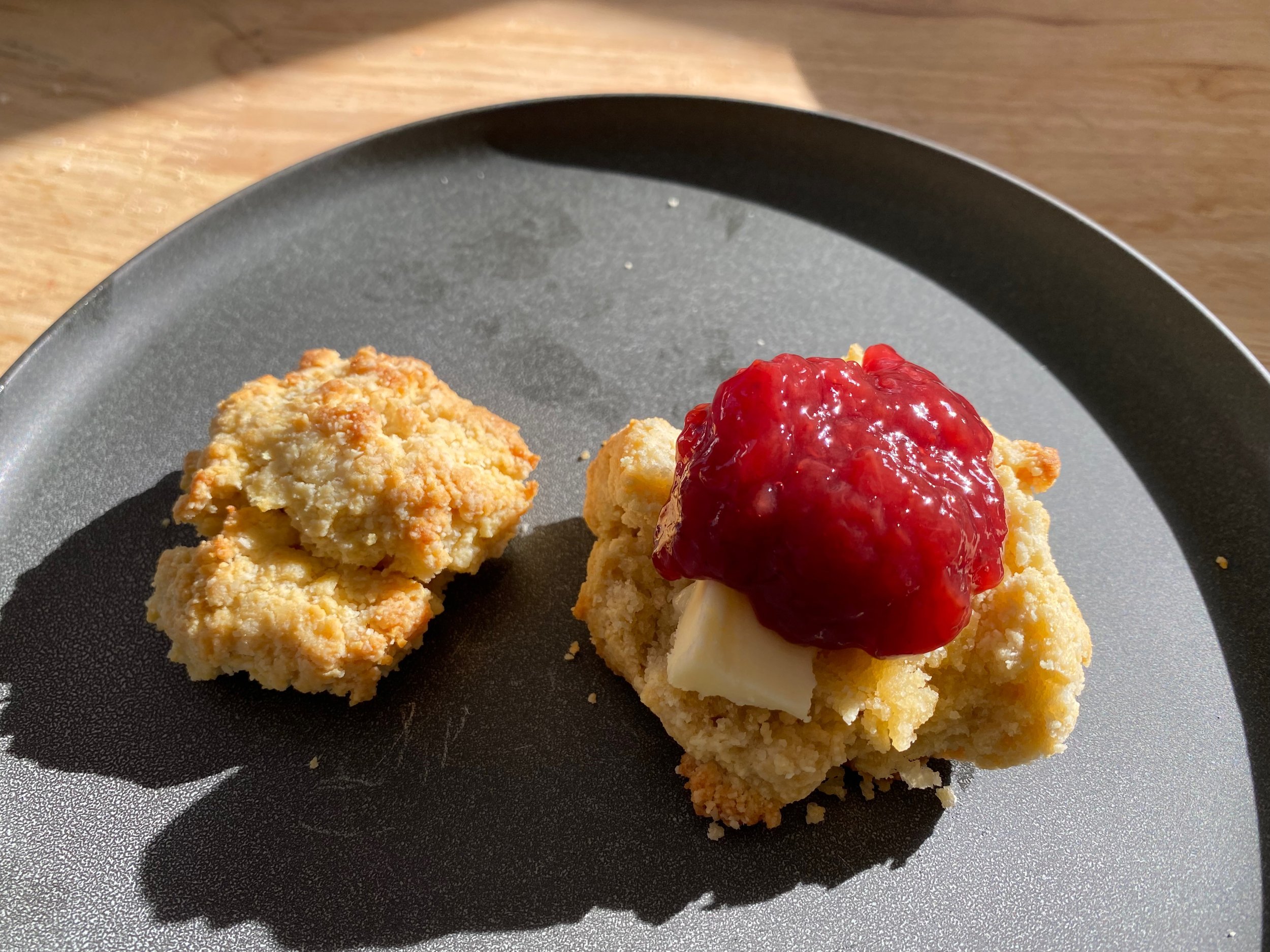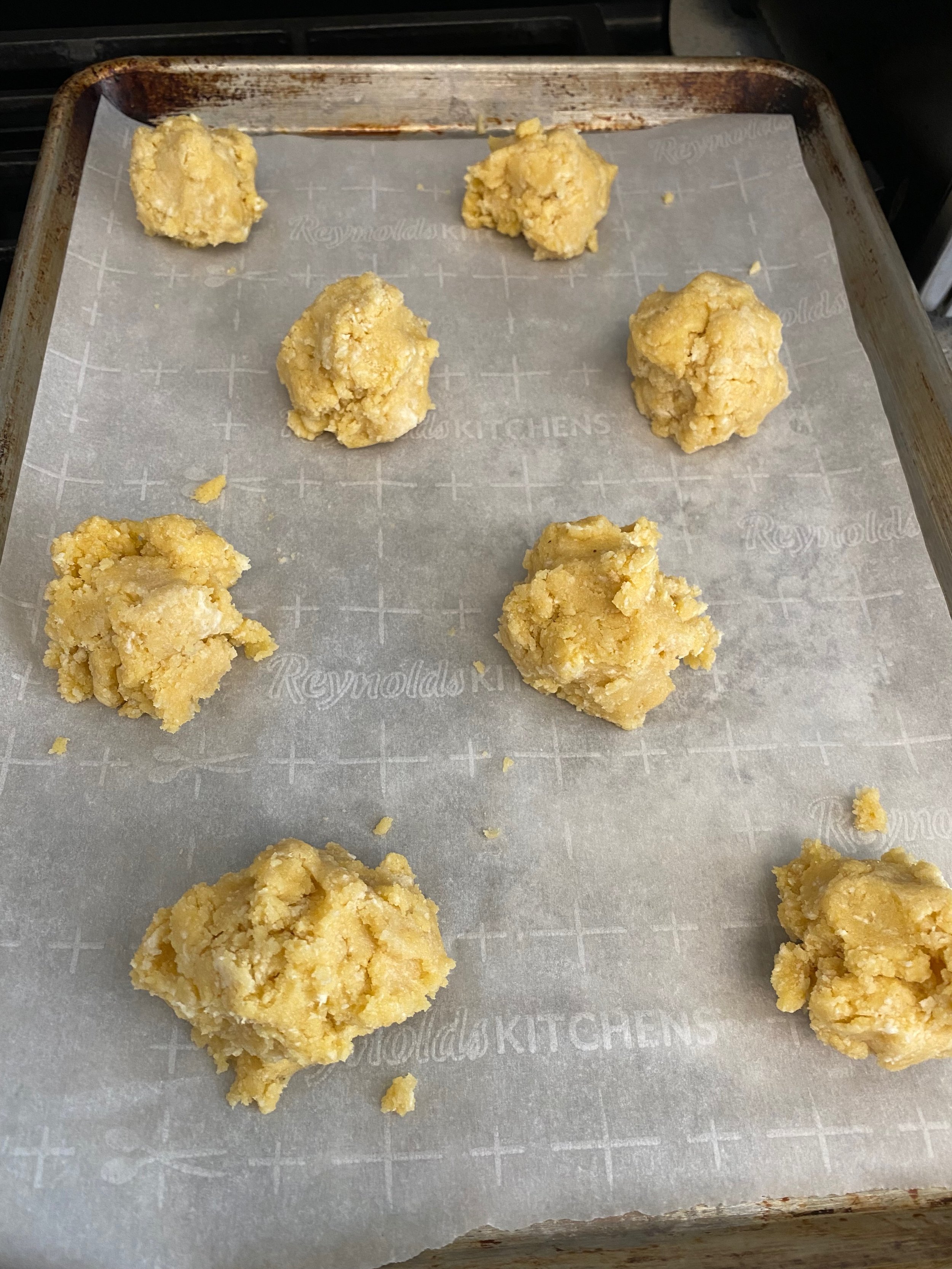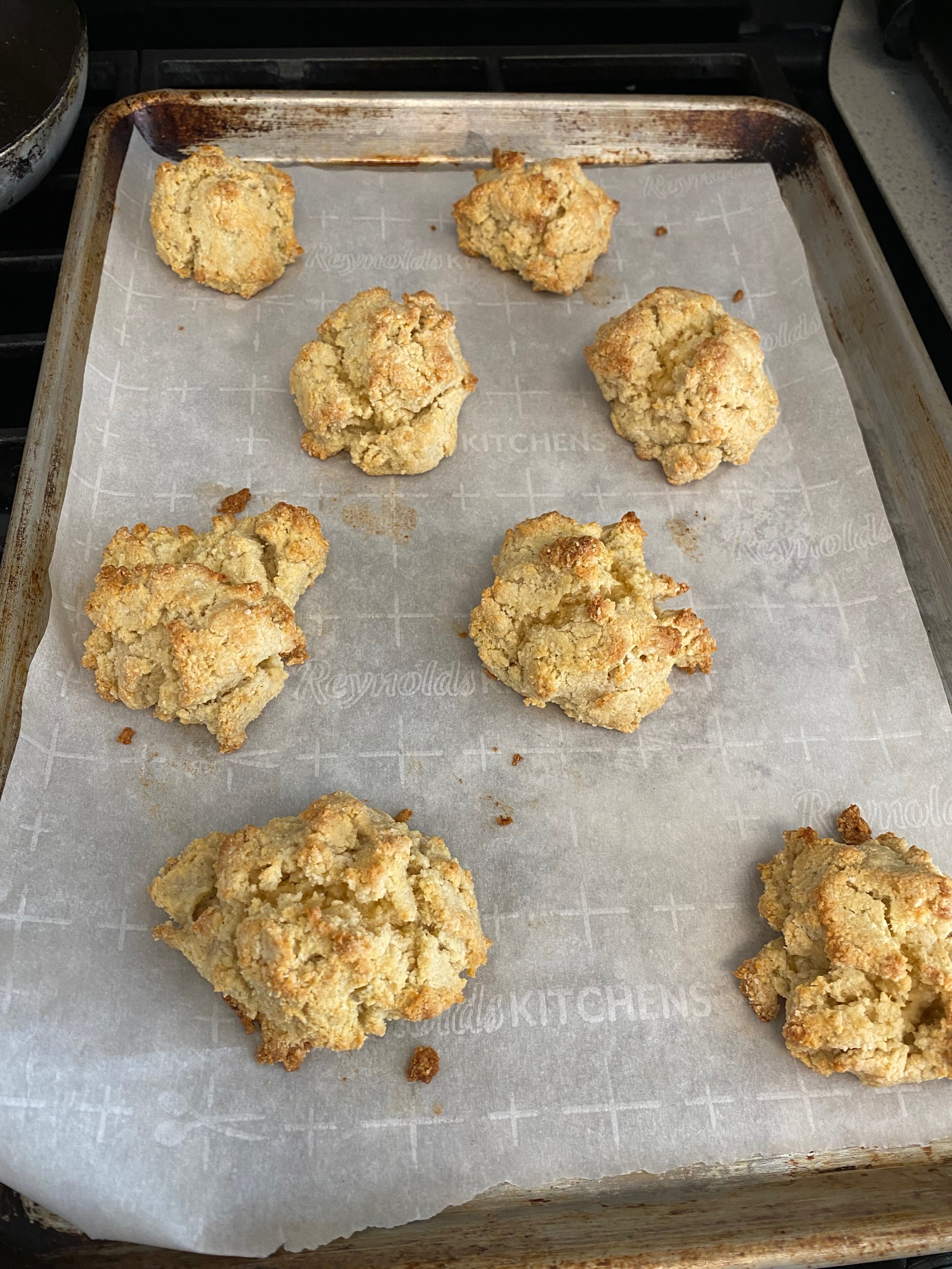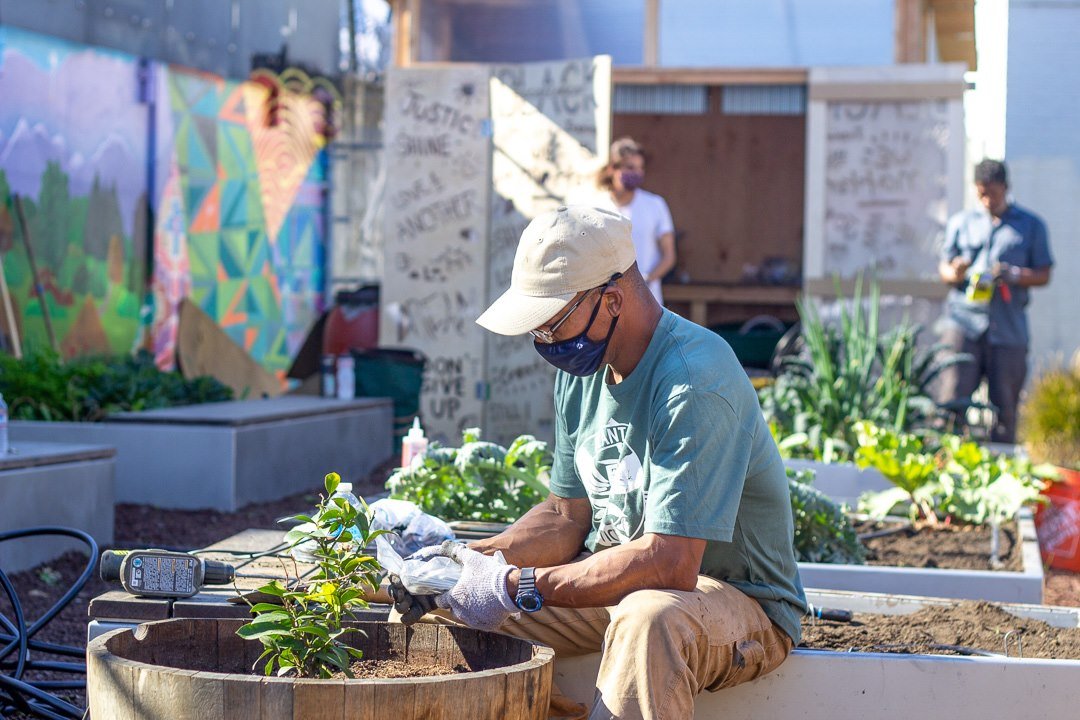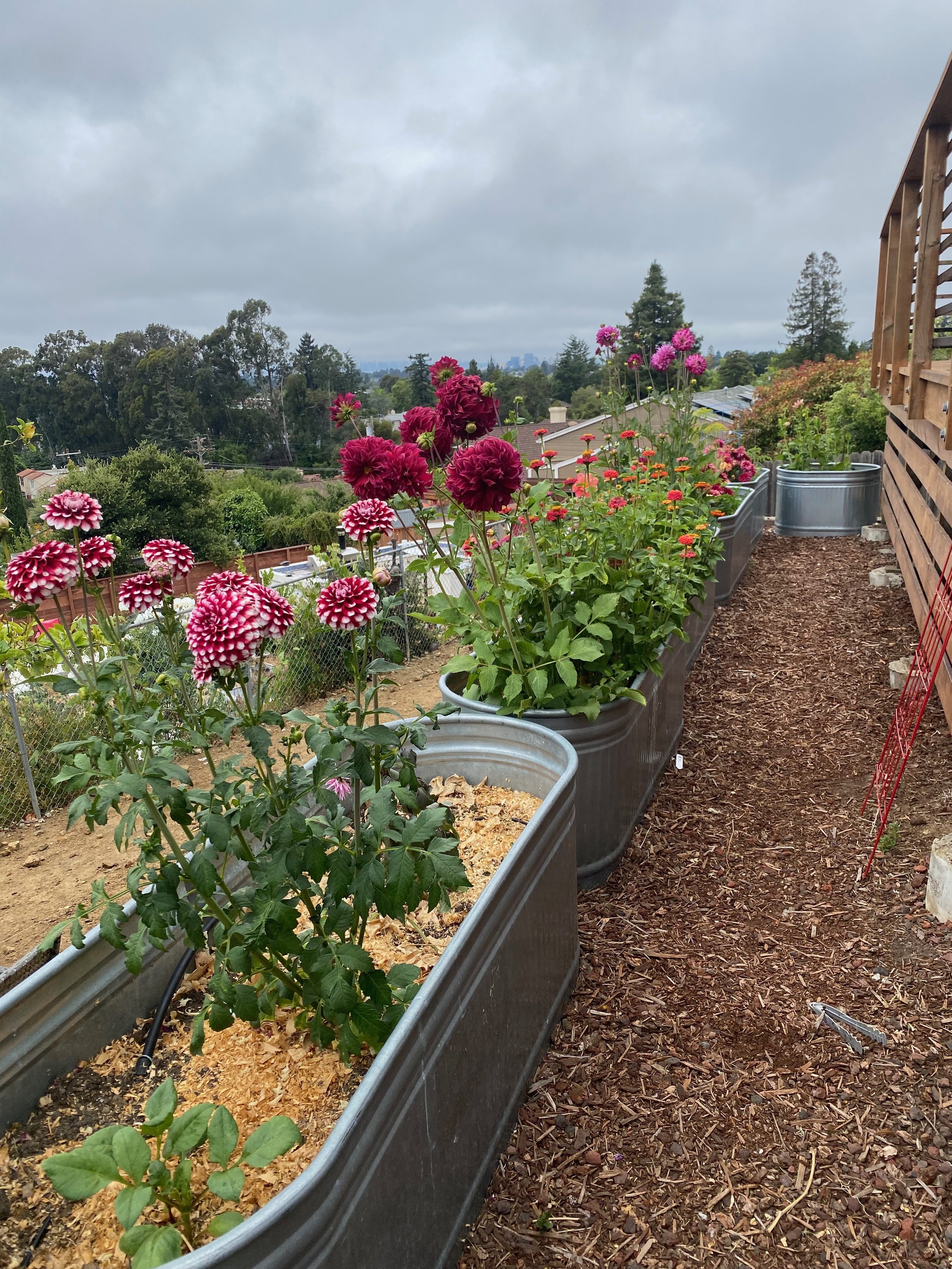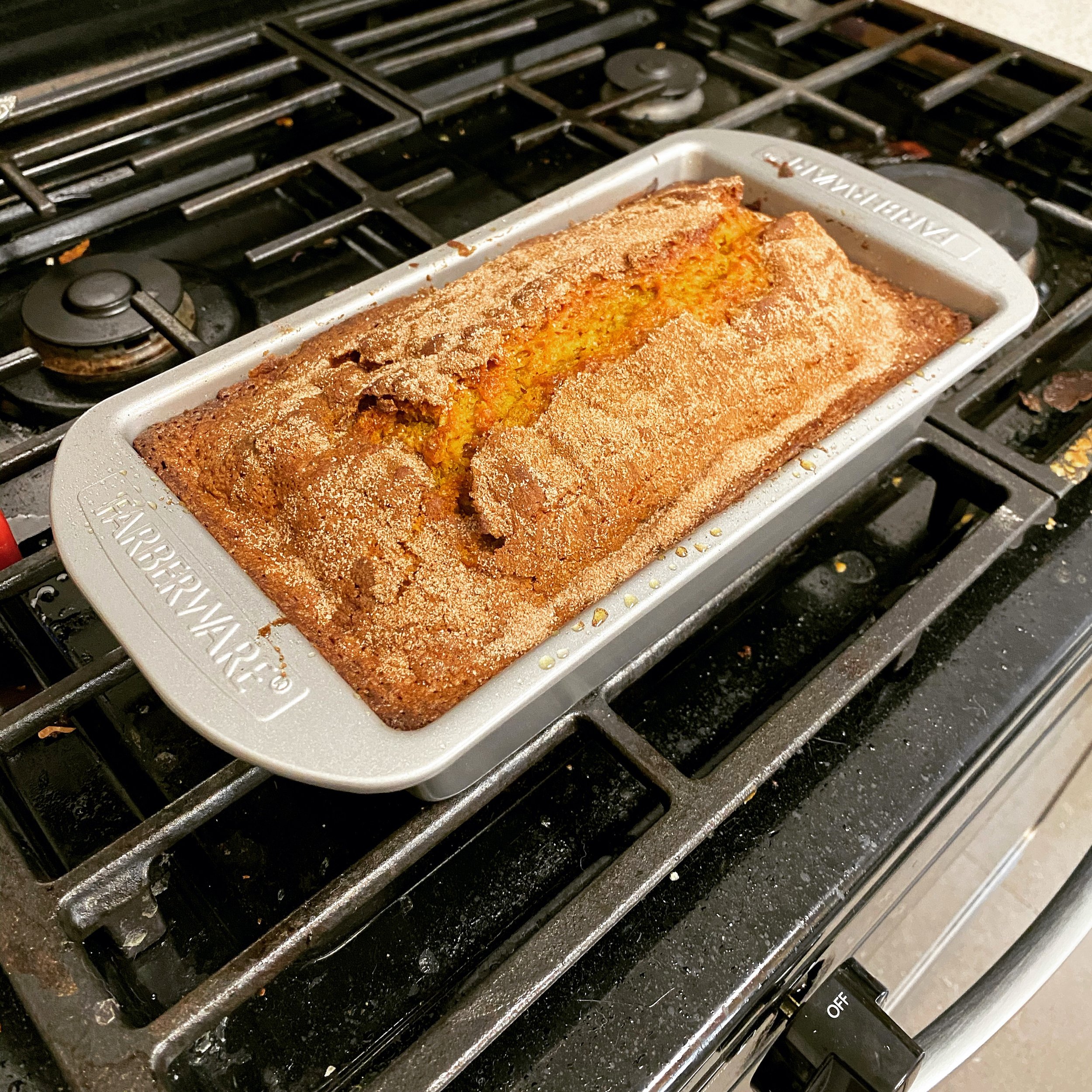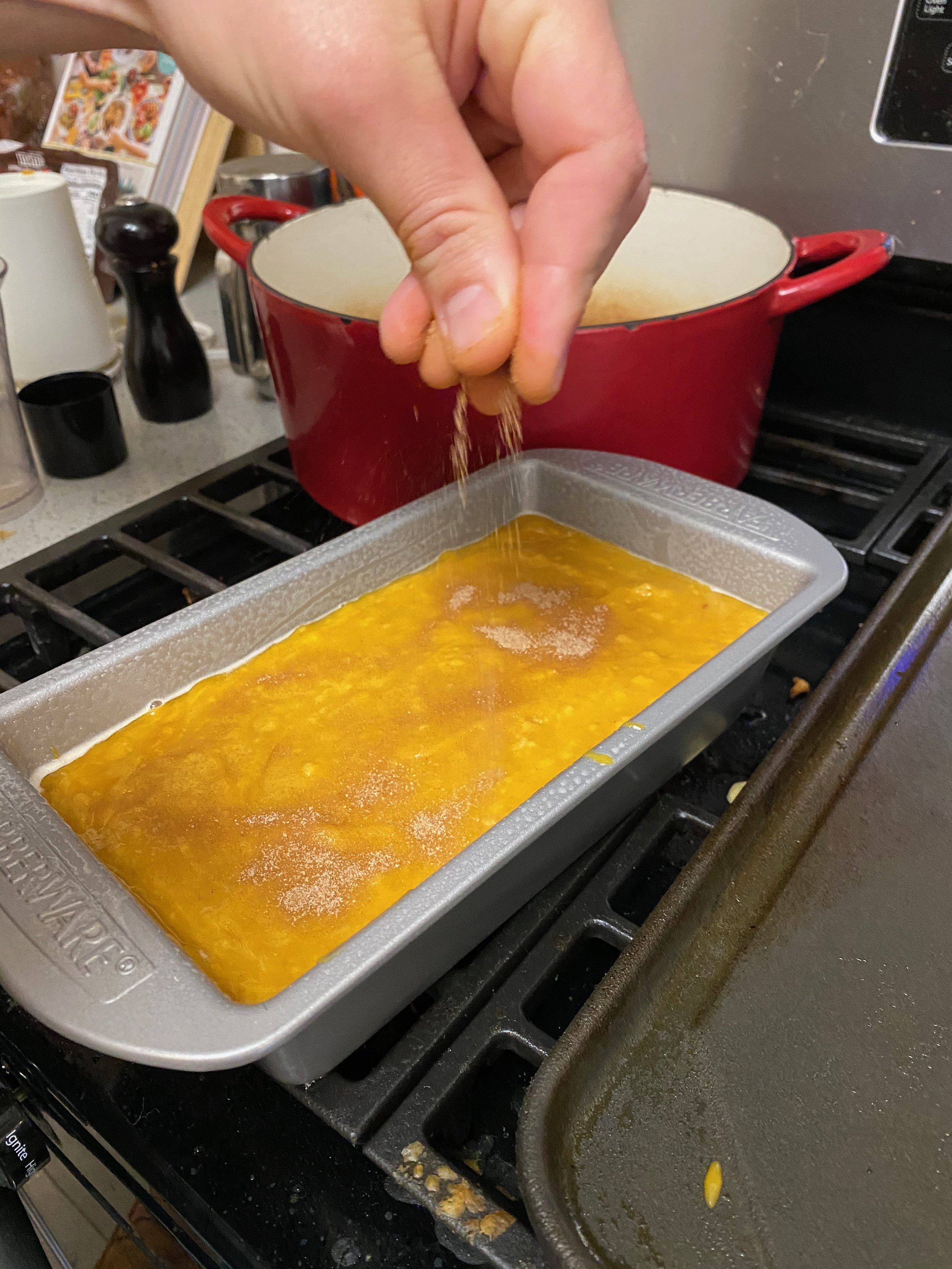by Kelly Knight, Marketing Manager for The Good Table
Plum blossom season!
Spiritual Touchstone
Depending on where you live, it may be the first breath of spring. Where we are, in the East Bay, it’s been in the windy, sunny 70s the last week — nearly summer. (Thanks global warming. Okay not really, rain please?) In any case, it’s a good time of year to fertilize your garden. If you’d like a primer on how to fertilize, here you go: Garden Fertilizer Basics
To be honest, fertilizing intimidates me. I have this weird aversion to it. I wasn’t really sure why; it is, after all, good for the plants, good for the ecosystem. I know I should be fertilizing my own garden, but I can’t seem to drum up any enthusiasm for it, when really all it is is feeding your plants.
And then I realized: I am terrible at remembering to feed myself, so why should it be any different for my plants?
My life is really busy — I have two kids, work, friends, community. It feels like everyone needs something from me all the time. If the kids aren’t shouting, the cats are. And if everyone’s quiet, a friend is texting or my mom is calling. I love my community, but wow, does it consume my time and resources. As a consequence of that, self care can sometimes (often) go out the window.
The old adage of “Put your own mask on first” comes up a lot for me, but it feels trite when so many other peoples’ needs are greater than mine. My therapist admonished me this week though and reminded me that if I burn out, I’m actually going to be less available, less able to care for those who need it. So the question becomes: what next?
“How can we fertilize our own experience so that our future becomes sustainable?”
How do we take care of ourselves so that we can continue to sustainably show up for our communities?
For me, that looks like:
Saying no a lot more often. I am quick to raise my hand for things, without thinking about the true cost associated with it. I need to carefully tend my own resources with an eye to sustainability.
Rest. I often get frustrated when I want to just nap or read or watch something of no substance, but those activities replenish me.
Spend my time with folks that uplift me, rather than drain me. Everyone’s going through it and certainly, I want to be helpful to people I care about, but I can’t continue to have folks suck me dry with their unmanaged drama.
“What does fertilizing your future look like? How will you tend to your garden of self in 2022?”


